How Do You Carry Your Stabilizer For Camera?
As a photography enthusiast or a professional filmmaker, one of the challenges you’ll frequently encounter is how to carry your camera stabilizer effectively. A stabilizer is a crucial piece of equipment that ensures your camera shots are smooth and professional-looking. However, given its size and fragility, transporting it can be quite the ordeal. In this article, we'll explore practical ways to carry your camera stabilizer, ensuring its safety while optimizing convenience. We'll consider various scenarios from casual travel to professional shooting environments to provide comprehensive solutions.
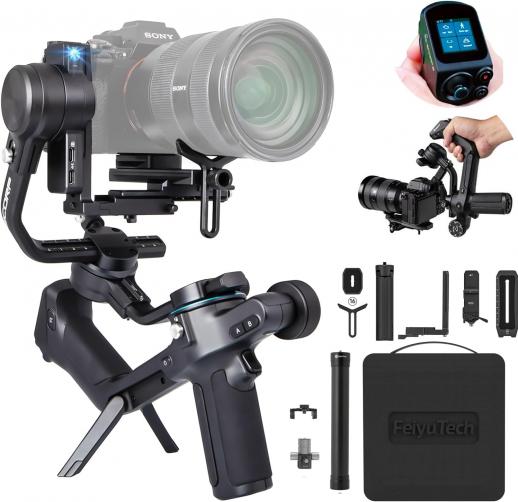
Understanding the Basics: Different Types of Stabilizers
Before delving into transportation methods, it’s essential to understand the types of stabilizers available, as each has unique transportation needs. The main categories are:
1. Handheld Gimbals: Portable and generally more compact, suitable for DSLRs and smartphones.
2. Vest and Arm Systems: Bulkier and designed for heavier camera setups; often used in professional environments.
3. Motorized Stabilizers: Electronic and require careful handling due to their delicate motors and sensors.
Choosing the Appropriate Carrying Method
1. Handheld Gimbals
Handheld gimbals are widely popular due to their portability and effectiveness. Here are some methods to carry them:
- Custom Carrying Cases: Most high-quality gimbals come with custom-fitted carrying cases. These cases provide dedicated compartments for the gimbal and its accessories, ensuring they remain secure and organized. They often have foam padding to protect against shocks and drops.
- Camera Backpacks: Many camera backpacks come with adjustable compartments that can be configured to fit a gimbal alongside other gear. Look for backpacks with padded dividers and sturdy design to prevent any movement that might damage the gimbal.
- Dedicated Gimbal Bags: These are bags specifically designed for gimbals, usually equipped with padding and compartments that snugly fit the gimbal and its components. They often have additional space for batteries and small accessories.
2. Vest and Arm Systems
These stabilizers are more complex and substantial, requiring a thoughtful approach to transport:
- Hard Cases: Given their size and delicate parts, a rugged hard case is recommended for vest and arm systems. Hard cases offer extensive protection against physical impacts and environmental factors. Look for cases with customizable interiors to securely hold the vest, arm, and any additional parts.
- Rolling Cases: For ease of transportation, especially in professional settings, rolling cases provide the robustness of hard cases with the convenience of wheels. This reduces the physical strain of carrying heavy equipment over long distances.
3. Motorized Stabilizers
Motorized stabilizers tend to be both valuable and delicate, necessitating careful handling:
- Shockproof Cases: Motorized stabilizers benefit from cases that offer enhanced shock protection. These cases should be watertight and dustproof to protect the electronics from environmental damage.
- Carry-on Luggage: When flying, it's advisable to carry motorized stabilizers in your carry-on luggage to minimize the risk of damage. Ensure the stabilizer fits the airline's carry-on size regulations and pack it securely to prevent movement during transit.
Practical Tips for Safely Transporting Your Stabilizer
1. Disassemble When Possible: If your stabilizer can be broken down into smaller components, disassemble it before packing. This reduces the risk of damage and makes it easier to fit the stabilizer into your carrying case.
2. Use Protective Covers: For exposed parts (like the joints and motors of a motorized stabilizer), use protective covers or wraps to guard against scratches and minor impacts. Simple measures like using bubble wrap or microfiber cloths can provide extra protection.
3. Label Your Gear: If you’re transporting multiple pieces of equipment, labeling your stabilizer parts can help you keep track and ensure nothing gets left behind. This is especially helpful in professional shooting environments.
4. Mind the Temperature: Extreme temperatures can affect the performance of electronic components in motorized stabilizers. Avoid leaving your stabilizer in very hot or cold environments for extended periods.
5. Check for Safe Storage: When not in use, store your stabilizer in a safe, dry place. Moisture can damage both mechanical and electronic parts, so it’s essential to ensure that the storage area is moisture-free.
Ideal Scenarios for Each Method
- Casual Travel: For short trips or when you have minimal gear, a camera backpack or a dedicated gimbal bag is convenient. These options are more compact and easier to carry around.
- Professional Shoots: For extensive professional filming, where you might be moving between locations, hard cases or rolling cases are ideal. They provide maximum protection and ease of movement, especially when dealing with a lot of equipment.
- Air Travel: When flying, always opt for carry-on luggage for motorized stabilizers. Hard cases can be checked in, but make sure they are well-padded and meet the airline's specifications.
Conclusion
Carrying your camera stabilizer safely and effectively is crucial for maintaining the longevity and performance of your equipment. By selecting the appropriate method based on the type of stabilizer and the nature of your travel or shoot, you can ensure your gear is protected and easily accessible when needed. Whether you’re a casual videographer or a seasoned professional, integrating these tips into your routine will help you navigate the challenges of transporting stabilizers with ease and confidence. Prioritize your equipment’s safety, and it will reward you with years of reliable service and stellar footage.


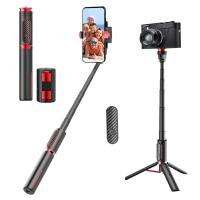

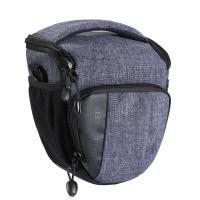
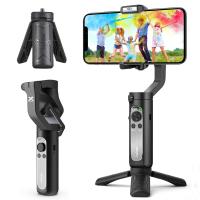
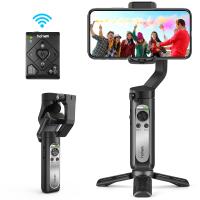
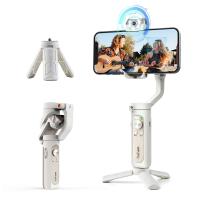
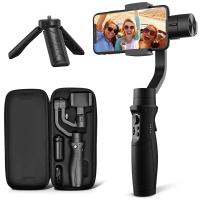
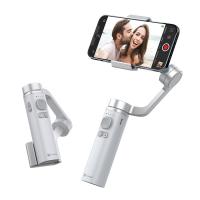
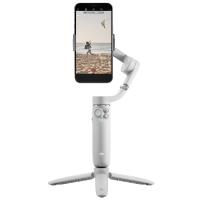







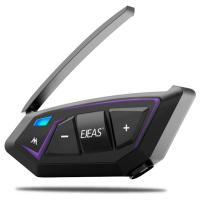



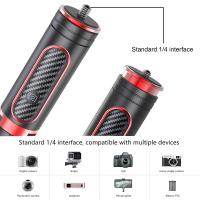
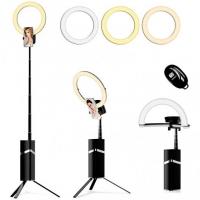
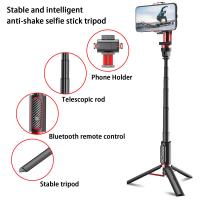
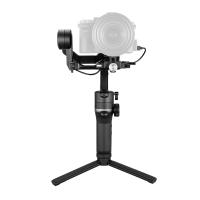


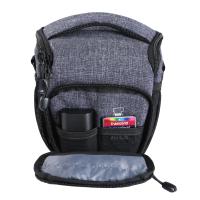
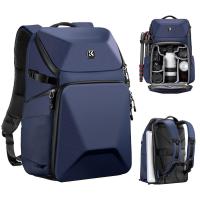
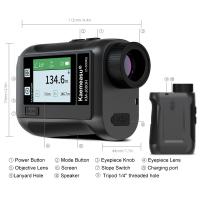
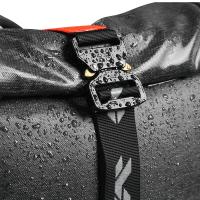


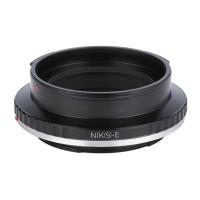

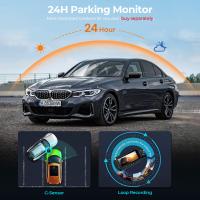
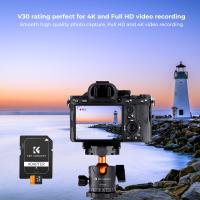

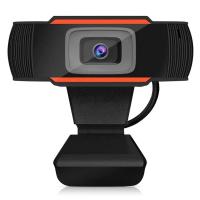

There are no comments for this blog.